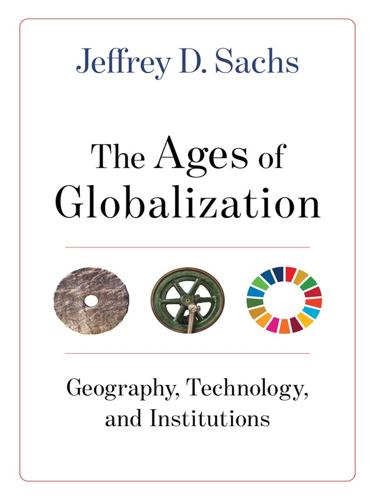
The Ages of Globalization
by
Jeffrey D. Sachs
Published 2 Jun 2020
Contents Preface 1 Seven Ages of Globalization The Seven Ages The Acceleration of Change Economic Scale and the Pace of Change Malthusian Pessimism The Gradual Transformation to Urban Life The Interplay of Geography, Technology, and Institutions The Favorable Geographies Geopolitics and Globalization Looking Back to See Forward 2 The Paleolithic Age (70,000–10,000 BCE) The First Age of Globalization Cultural Acceleration Human Society in the Upper Paleolithic Some Lessons from the Paleolithic Age 3 The Neolithic Age (10,000–3000 BCE) Diffusion of Agriculture Within Ecological Zones The Early Alluvial Civilizations of Eurasia The Lucky Latitudes Some Lessons from the Neolithic Age 4 The Equestrian Age (3000–1000 BCE) Animal Domestication Domestication of the Donkey and the Horse The Domestication of the Camel and Camelids The Metal Ages Comparing Old World and New World Developments The Yamnaya Breakthrough in Eurasia The Early Equestrian States Key Development Breakthroughs in the Fertile Crescent Some Lessons from the Equestrian Age 5 The Classical Age (1000 BCE–1500 CE) The Axial Age Thalassocracy and Tellurocracy The Emergence of the Classical Land-Based Empires The Han Empire The Developed World as of 100 CE Global Trade Within the Lucky Latitudes The Fall of Rome and the Rise of Islam The Remarkable Song Dynasty of China The Last Hurrahs of the Steppe Conquerors Some Lessons from the Classical Age 6 The Ocean Age (1500–1800) The Great Chinese Reversal The North Atlantic Quest for Ocean Navigation The Columbian Exchange The Gunpowder Age and the High Seas The New European Age of Inquiry The Birth of Global Capitalism Europe’s Scramble for Global Empire Insatiable Greed of the Empire Builders The Intertwining of State and Capital Indigenous Populations and African Slaves in the New World Feeding Europe’s Factories: Cotton Global Empire and Global War Adam Smith’s Summation of the Age of Global Empire Some Lessons from the Ocean Age 7 The Industrial Age (1800–2000) From the Organic Economy to the Energy-Rich Economy Why Did Industrialization Start in Britain?
…
It is a pack animal, able to transport goods long distances. It is a saddle animal, for use in warfare and farming (as in the herding of farm animals). It is a draft animal, able to pull wheeled vehicles. It has endurance, intelligence, and great speed. In short, it has played a decisive role in economic development. The Domestication of the Camel and Camelids Species of the camel family (Camelidae) have also played an important role in the more extreme climates of deserts and high plateaus. In the Old World, two species predominate: the one-humped dromedary of the Arabian Peninsula and North Africa, and the two-humped Bactrian camel of Central Asia, including Turkmenistan, Afghanistan, and Mongolia’s Gobi Desert.
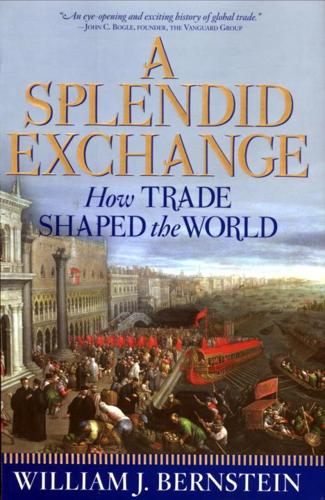
A Splendid Exchange: How Trade Shaped the World
by
William J. Bernstein
Published 5 May 2009
Already extinct in North America, and quickly headed for extinction in Eurasia, the camel was first valued, about six thousand years ago, solely for its milk. Not until twenty-five hundred years later, around 1500 BC, would humans begin to exploit the camel's ability to carry hundreds of pounds of cargo across otherwise impenetrable territory. Without the domestication of the camel, the trans-Asian silk and trans-Arabian incense routes would have been impossible. It is a little-known fact that the progenitors of the modern camel (along with the horse) originated in North America and migrated east across the Bering Strait land bridge to Asia. Although swift herds of camels or horses might manage the perilous journey from the heartland of North America to that of Eurasia in a matter of decades, it was a much tougher trek for fragile plant species from a temperate area.
…
Madmen in authority, who hear voices in the air, are distilling their frenzy from some academic scribbler of a few years back.21 Trade's modern scribblers-David Ricardo, Richard Cobden, Eli Heckscher, Bertil Ohlin, Wolfgang Stolper, and Paul Samuelson-will help us to understand the massive upheavals seen in our ever more integrated global system. Although the structure of this book is chronological, its many interwoven narratives will supersede the flow of mere dates and events. For example, two closely related stories, the south Arabian incense trade and the domestication of the camel, both span thousands of years. At the other extreme, the memoirs of medieval travelers who left us extensive and intact records of their journeys-Marco Polo, the Moroccan legal scholar Ibn Battuta, and the Portuguese apothecary Tome Pires- will provide isolated but detailed snapshots of world trade spanning only a few decades.
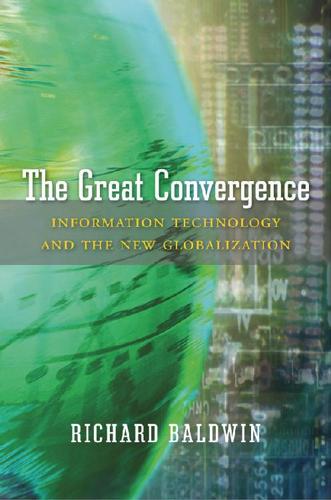
The Great Convergence: Information Technology and the New Globalization
by
Richard Baldwin
Published 14 Nov 2016
DATA SOURCES: Ian Morris, Why the West Rules—for Now (London: Farrar, Straus and Giroux, 2010); Ronald Findlay and Kevin O’Rourke, Power and Plenty (Princeton, NJ: Princeton University Press, 2007). Trade among Fixed Production / Consumption Clusters Trade as it is conceived of today—namely, made-here-sold-there goods moving among fixed regions—rose during this stage. The game-changing innovations were the domestication of the camel (around 1000 BCE), refinements of sailing technology, and advances in coastal navigation. Archaeological finds and literary sources shine some light on which goods were traded. For example, a fourteenth-century BCE shipwreck discovered off the western coast of Turkey contained copper and tin ingots (the ingredients of bronze), glass beads, ebony wood, ivory, tortoise shells, ostrich eggshells, ceramic jars filled with resin, and some weapons and tools as well as Egyptian jewelry.
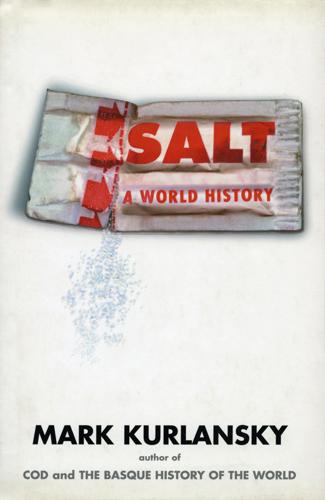
Salt: A World History
by
Mark Kurlansky
Published 28 Jan 2003
., when the camel replaced the horse. The camel was a native of North America, though it became extinct there two million years ago. Around 3000 B.C. , relatively late in the history of animal domestication, camels were domesticated in the Middle East. The wild species has vanished. Between the domestication of the camel and its use in the Sahara, several millennia passed. But once the domestic camel made its Sahara debut, its use spread quickly. By the Middle Ages, caravans of 40,000 camels carried salt from Taoudenni to Timbuktu, a 435-mile journey taking as long as one month. Since then, continuing to this day, caravans of camels have moved bulk goods across the Sahara to western and central Africa.
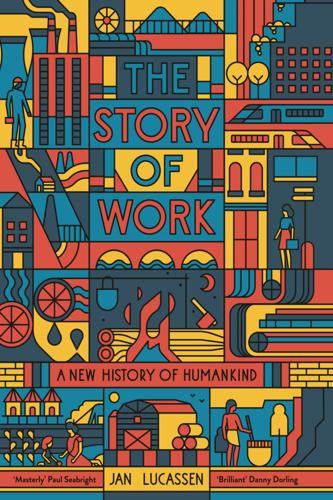
The Story of Work: A New History of Humankind
by
Jan Lucassen
Published 26 Jul 2021
Sheep- and goat-herders, using donkeys for transport, lived in the outlying districts of agricultural areas and were engaged in agriculture as well. As a consequence of the desiccation of the ‘Saharo-Arabian belt’ that began about 2500 BCE, some pastoralists became nomads, which was also made possible with the domestication of the camel in roughly 1500 BCE. The animal (including ‘milch camels’) was mentioned as being among the stock of the biblical patriarchs Abraham, Isaac and Jacob. These animals became as indispensable for the Near Eastern nomads as the horse for those of the Eurasian Steppe.26 In contrast to the Eurasian Steppe, where sheep and horses were herded together, here we see separate pasturing of, on the one hand, sheep and goats, herds that had to be watered every 3 to 4 days and so could not move more than 15–20 kilometres from a watering place, and on the other, camels – recall the aphorism by a Polish poet that ‘a camel can work a week without drinking, while a man can drink for a week without working’.27 This separate herding entailed intergroup and intertribal specialization.
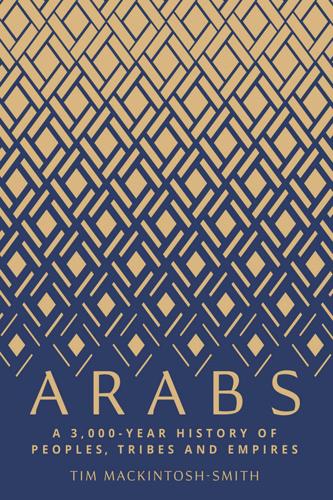
Arabs: A 3,000 Year History of Peoples, Tribes and Empires
by
Tim Mackintosh-Smith
Published 2 Mar 2019
The Ottomans were more immediately successful in building their own line, the Hijaz Railway, funded by donations from around the Muslim world and designed to carry pilgrims – and, of course, troops – from Damascus to Medina. Announced in 1900 and finished in 1908, it was the first improvement in Arabian overland travel since the Queen of Sheba; indeed, since the domestication of the camel. From pack-camel to pilgrim express had taken three millennia; the Hijaz Railway would run for less than nine years. As the Great War ground into action, Britain decided both to derail the Turks’ thrust to the south by destroying their shiny new Arabian train set and, more importantly, to sidetrack them from the conflict in the Fertile Crescent by provoking an Arabian tribal uprising that would be known as the Arab Revolt.
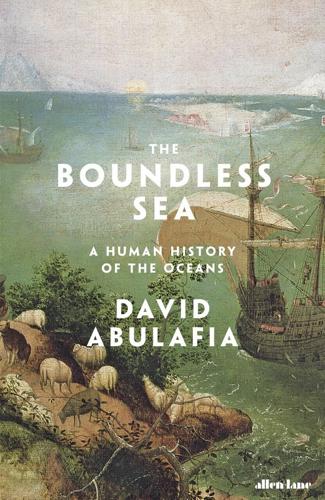
The Boundless Sea: A Human History of the Oceans
by
David Abulafia
Published 2 Oct 2019
Difficulties in navigating past the reefs and shoals of the Red Sea were one discouragement; the possibility of using land routes was another. One could reach Eritrea by river and land, and one could reach Arabia by following the coast of western Arabia overland. This traffic was rendered much easier by the domestication of the camel, whose date is disputed but may have been achieved, at least in parts of Arabia, by 1000 BC .37 Competition between land and sea routes to south Arabia and the facing shores of Africa would last many centuries. It was not always clear what comparative advantage a sea route offered those seeking frankincense and myrrh.